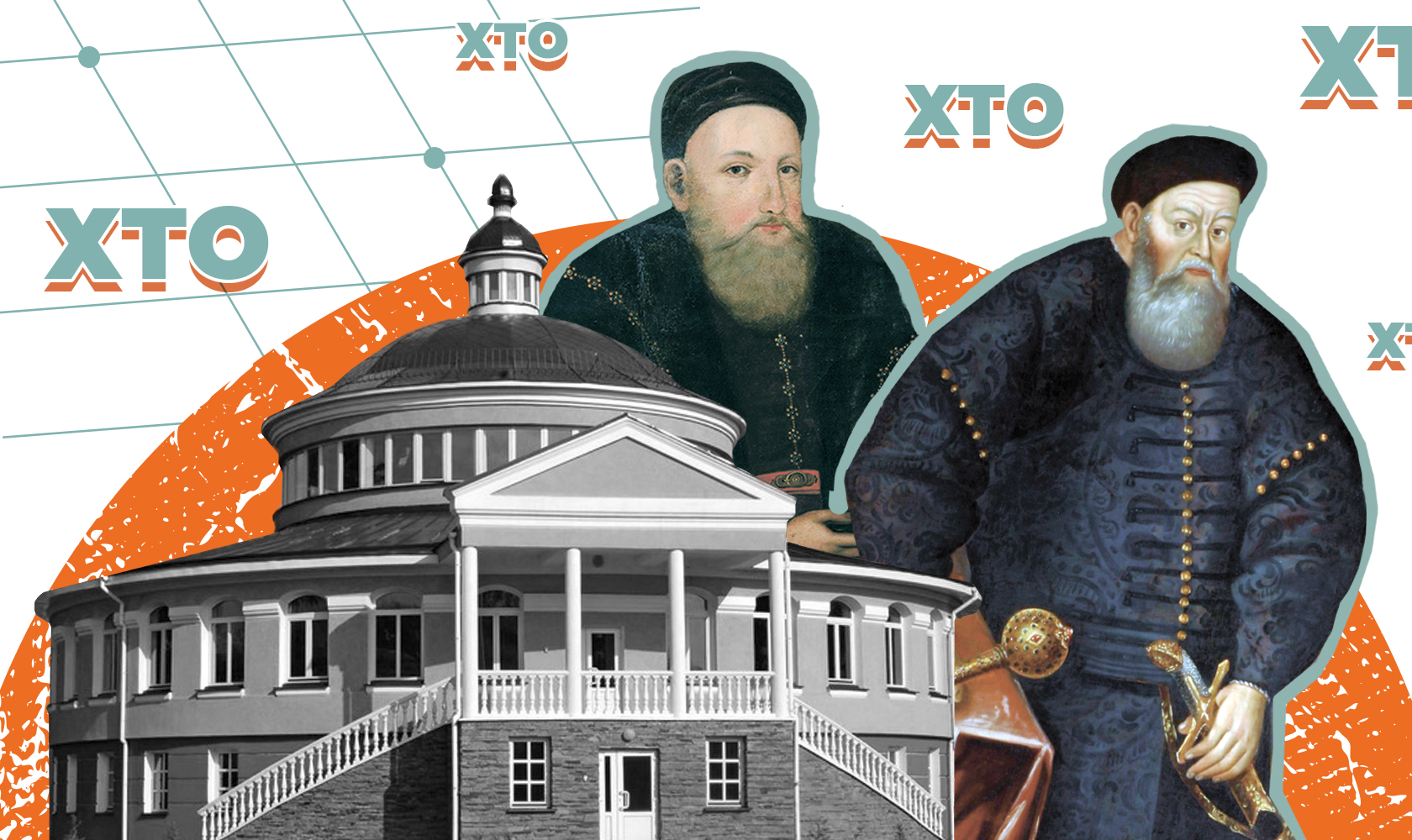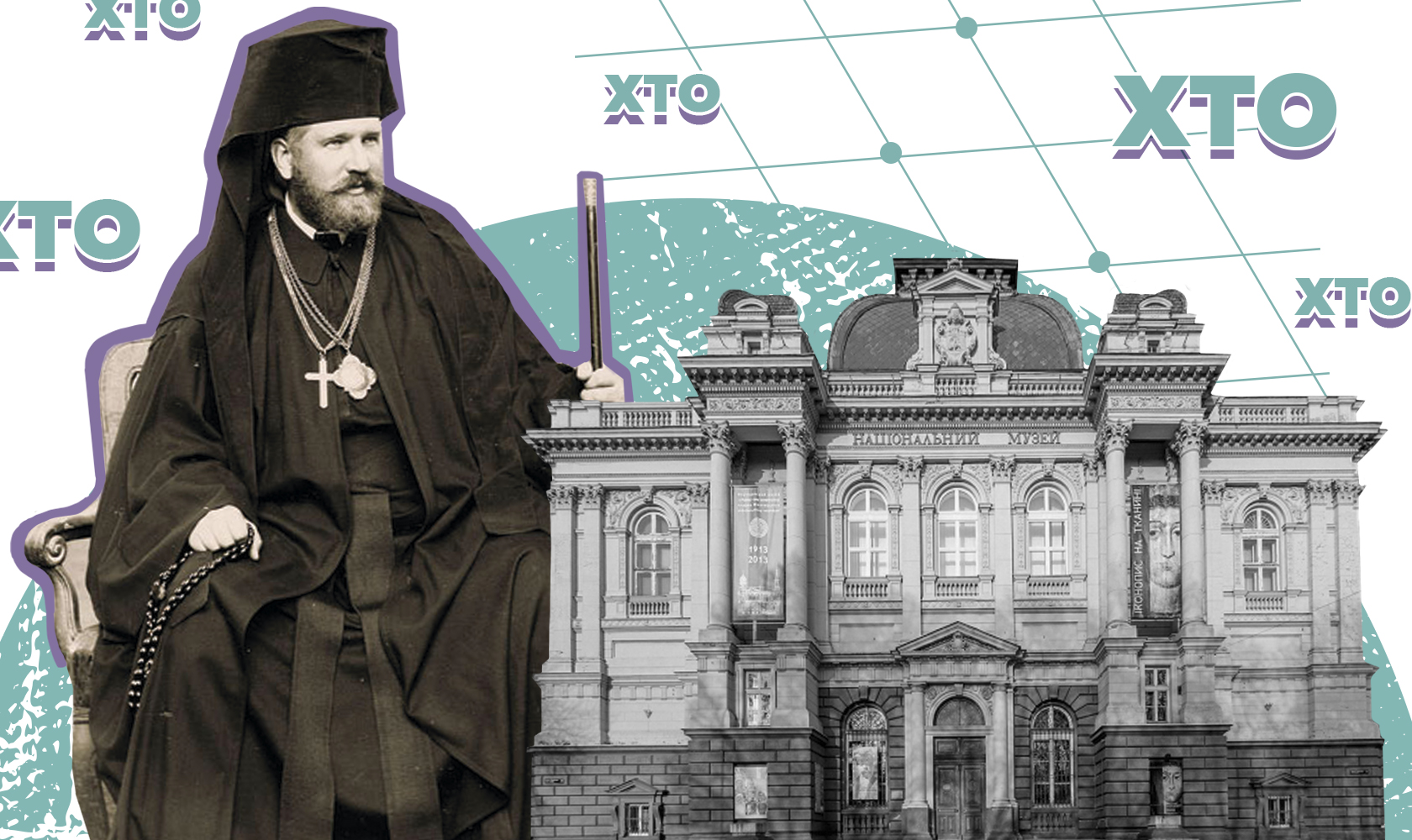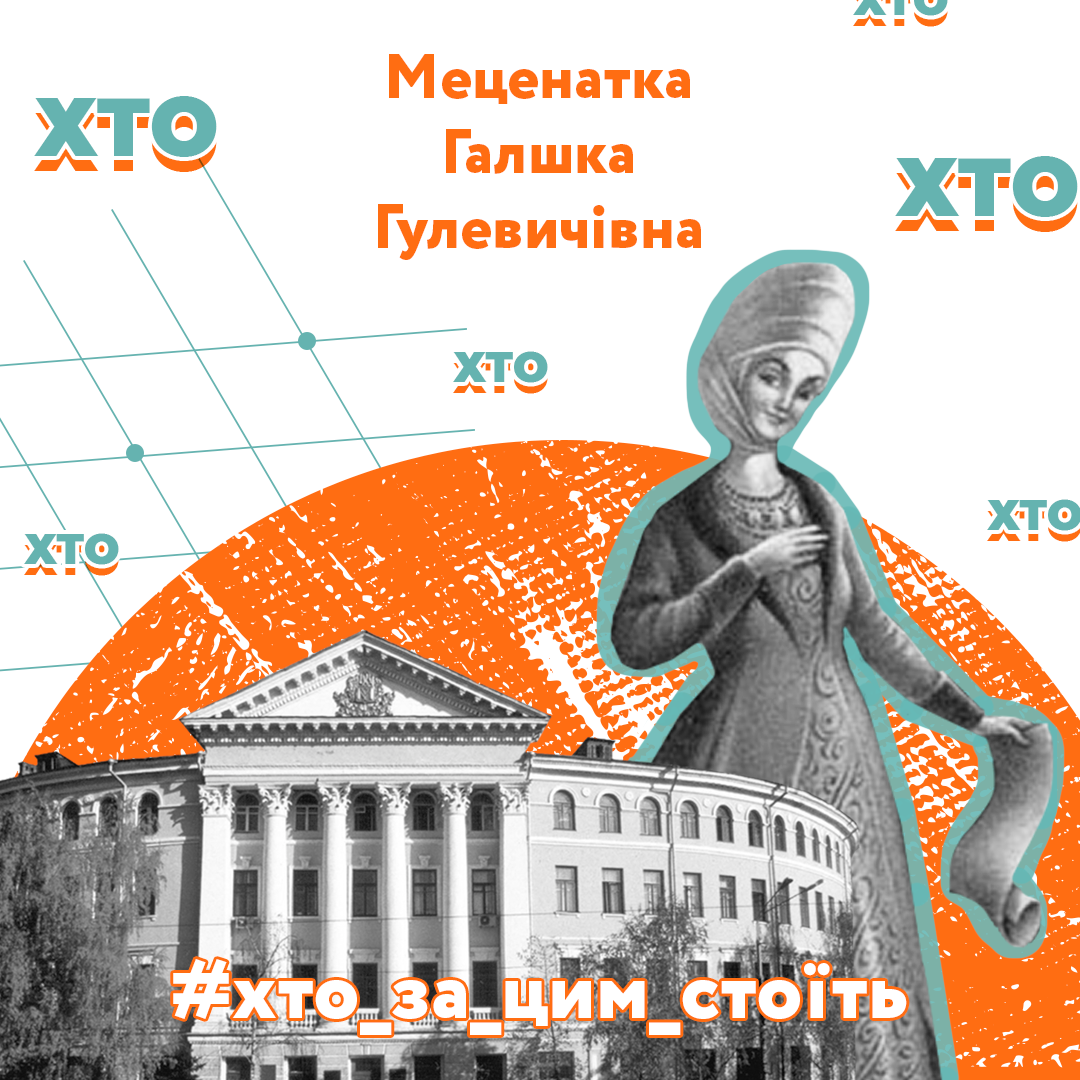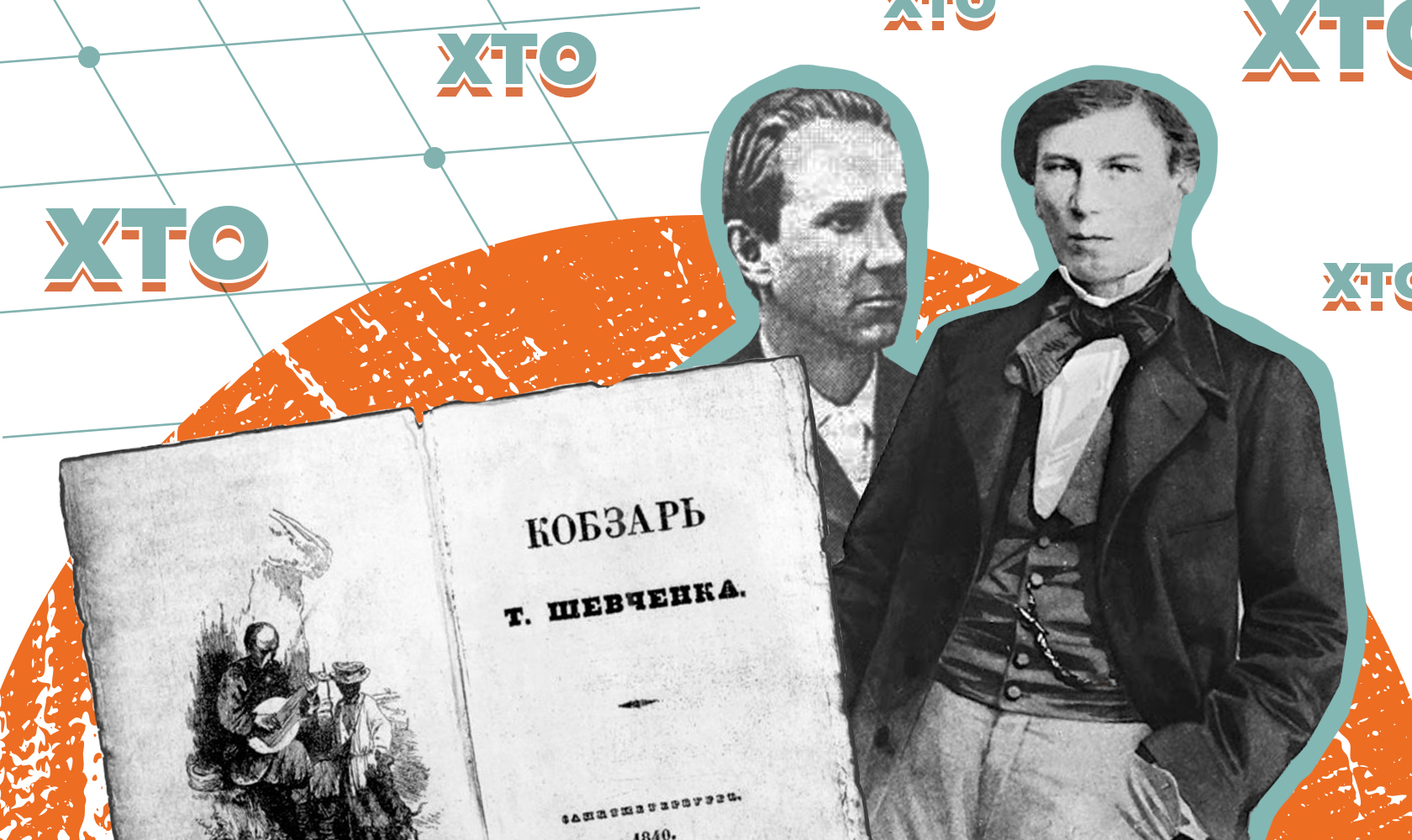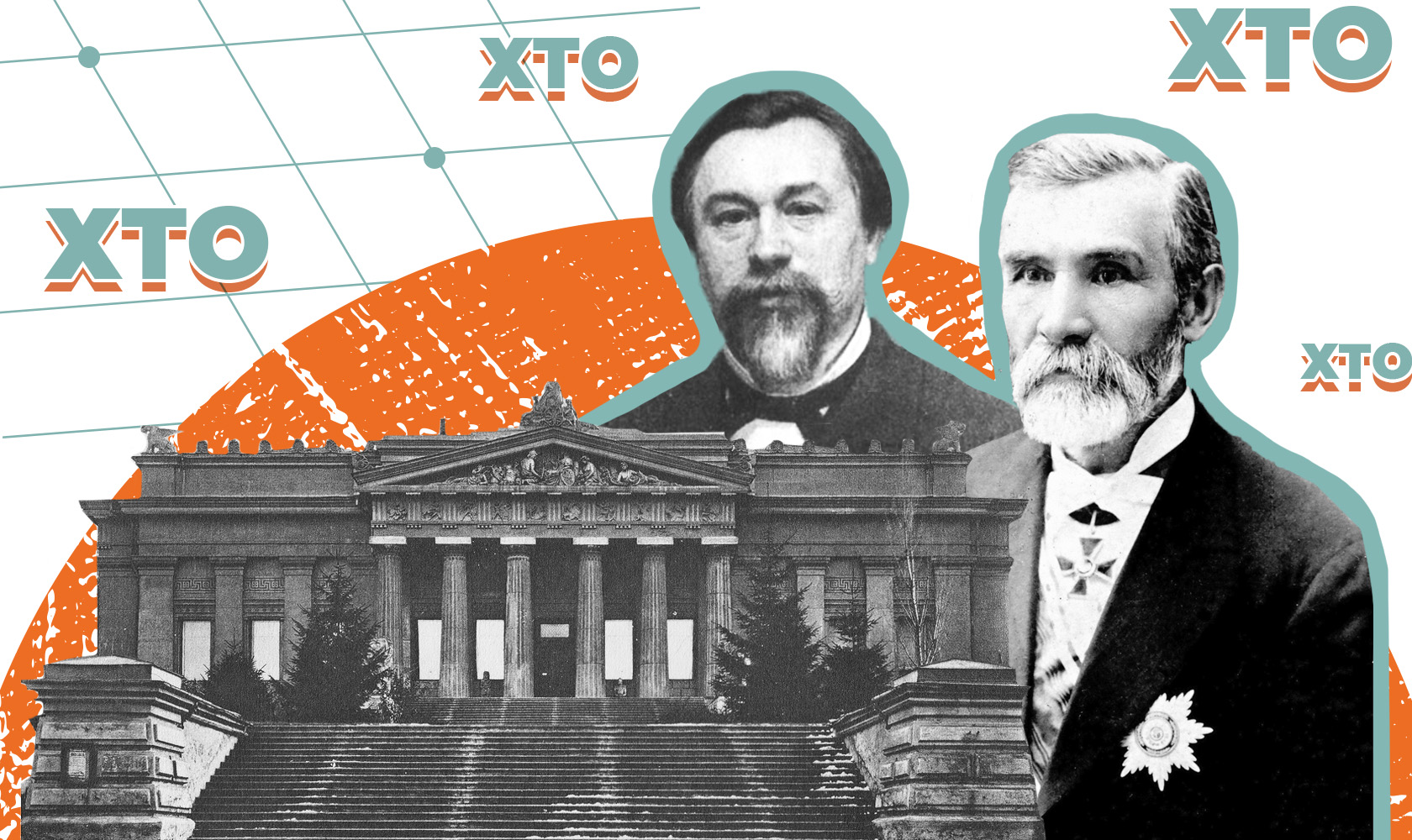The Ostroh Academy and the Ostroh Bible are just a small part of what the “uncrowned kings” of the Ostroh family are remembered for.
Rephrasing the researcher Vasyl Ulyanovskyi, the image of princes patrons and enlighteners was firmly attached to the Ostroh during their lifetime and survived for centuries to come, even in Soviet times. So, who were they and how did they deserve this image?
The Ostroh family: uncrowned kings
In the 15th and 16th centuries, princes were considered the highest stratum of Ukrainian society. The Ostrohs were the most influential of the highest. They probably came from the Rurikovich or Gyedymin family (the second option is more likely for modern researchers, such as Natalia Yakovenko). The Ostroh family was large and branched, but the most famous were two representatives, namely Prince Kostiantyn and his younger son Vasy-Kostiantyn.
Kostiantyn Ostroh is remembered in history as an outstanding military leader. He made a successful military career in campaigns against the Tatars and the Tsardom of Muscovy; for a long time, he held the post of Grand Hetman of Lithuania. According to the chronicle, Kostiantyn Ostroh commanded troops in more than 60 battles and won most of them.
The youngest son of Prince Kostiantyn – Vasyl-Kostiantyn – was born about 1526, a few years before his father’s death. His older brother died early, so Vasyl-Kostiantyn headed the family for more than half a century. For a long time, he was the voivode (head) of Kyiv and was responsible for protecting the southeastern borders from Tatar invasions.
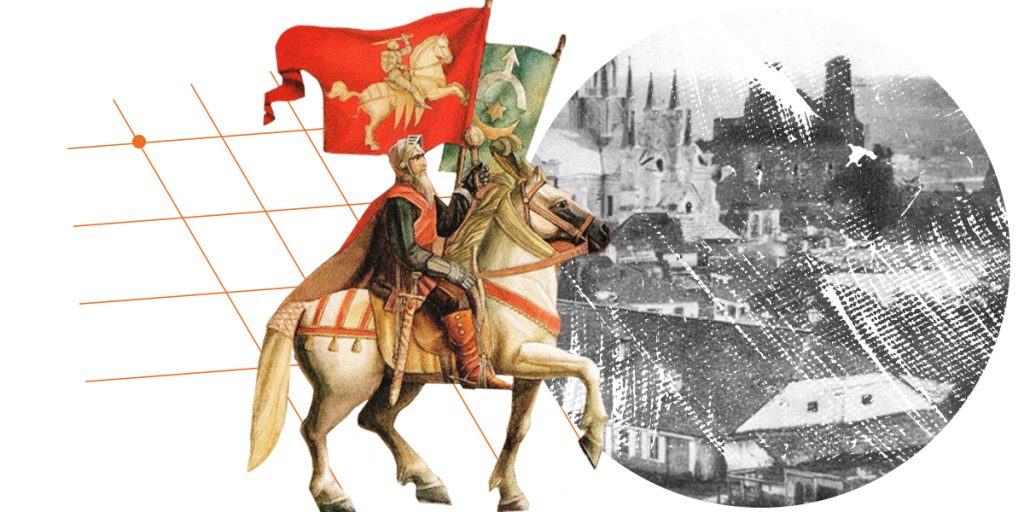
Also, the prince was a serious candidate for the royal throne of the Polish-Lithuanian Commonwealth. He never received the crown, but still gained the fame of “uncrowned king of Rus.” In the monumental biography of Vasyl-Kostiantyn Ostroh, the researcher Vasyl Ulyanovskyi tells: among his contemporaries the Prince had the fame of “Volyn Croesus” (Croesus was the ancient king of Lydia, legendary due to his fabulous wealth).
According to some sources, Vasyl-Kostiantyn Ostroh owned 100 towns and 1,300 villages.
Religion and knowledge
During the 16th century, the Ostrohs were the most powerful patrons and defenders of Ukrainian/Rus culture in the territory of the Grand Duchy of Lithuania, and later the Polish-Lithuanian Commonwealth. Orthodoxy in Ukrainian lands then declined, and the nobility actively converted to the Western rite. That is why the Ostrohs – the most influential Orthodox princes – de facto became the main defenders of religion.
Support for Orthodoxy is associated primarily with Prince Kostiantyn. He was a great donor of temples and monasteries, for example, he founded the Holy Trinity Monastery in Ostroh and several others, built two churches in Vilnius, regularly donated to the Kyiv-Pechersk Monastery, where he was later buried. The Prince took care of the churches on the territory of his own possessions and tried to develop cultural life with them. During the reign of Kostiantyn, an additional episcopal cathedral was founded in Ostroh. Most likely, he was directly involved in this.
Kostiantyn Ostroh’s motivation to support Orthodoxy was based on deep religious feelings and was not limited to secular interests, such as the pursuit of prestige and fame. One of his contemporaries wrote: the Prince was so pious that “the Ukrainian/Rus people considered him a saint.” However, he was tolerant of other beliefs. For example, he allowed the Tatars who lived in his possessions to build mosques.
Kostiantyn Ostroh often played the role of a secular leader in the struggle for Orthodoxy. For example, in 1511, he granted the Grand Duke of Lithuania Sigismund a special privilege of inviolability of ecclesiastical rights.
Printing, education and “Volyn Athens”
Prince Vasyl-Kostiantyn continued the tradition of his father – he donated a lot of money to Orthodoxy and was the patron of churches. During his time, the city of Ostroh, which is now called “Volyn Athens,” actually became the center of spirituality. However, the patron was most remembered for supporting the intellectual and cultural movement that formed around Ostroh.
Around 1576, Vasyl-Kostiantyn founded the Ostroh Academy. It was created as a Slavic-Greek-Latin school in the tradition of trilingual schools – it was very fashionable in Europe in the 16th century. Vasyl-Kostiantyn’s niece Halshka Ostroh joined the donation.
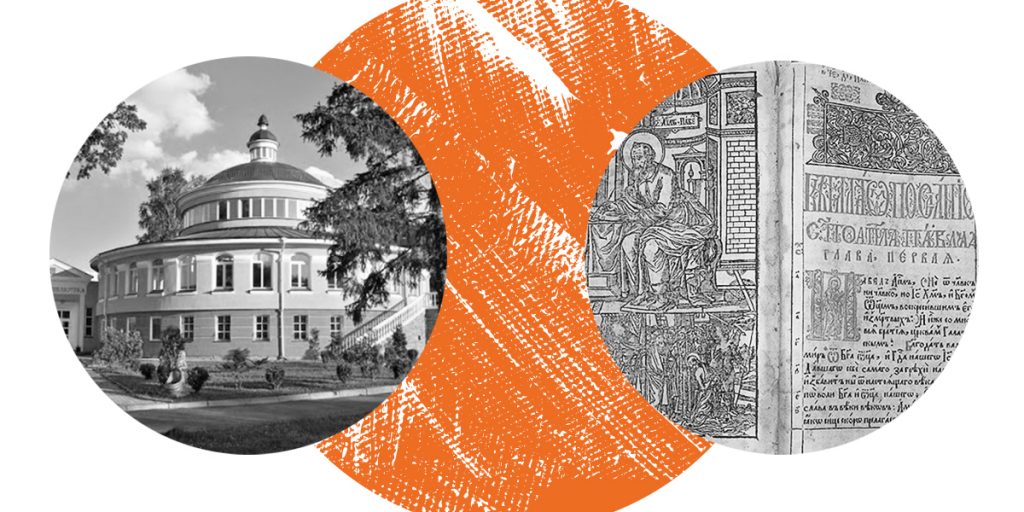
The institution aimed to educate young people and form a group of scholars for theological research, in particular for the preparation of the Slavic edition of the Bible. The school became a revolution in the development of Orthodox education, but in general was conceived more as a private college. Much more important for the development of education were the scientific circle and the printing house located nearby. It was this printing house that made the city of Ostroh the second biggest book publishing center in the history of Ukraine after Lviv. In 1581, they created the most important project of Vasyl-Kostiantyn – the Ostroh Bible. This is the first complete edition of the Holy Scriptures in Church Slavonic.
The circle at the academy and the printing house prepared two dozen other books, including works of polemical literature by Gerasim Smotritskyi, Petro Skarga and other prominent figures.
The greatest development of the intellectual circle of Ostroh was observed in the last two decades of Vasyl-Kostiantyn’s life at the turn of the 16th and 17th centuries. The Prince planned to hand over the role of a key defender of the Orthodox faith to his son Oleksandr, but the boy died suddenly. The loss crippled Vasyl-Kostiantyn – in early 1604, he was paralyzed, and in a few years he left the world.
After the death of the old Prince, the descendants became Catholic, and the Orthodox intellectual circle gradually declined due to the loss of patronage. The Ostroh Academy was closed in 1636 and symbolically restored only with the independence of Ukraine.
The campaign about Ukrainian benefactors “Who Stands behind this?” is created by Zagoriy Foundation in partnership with bit.ua. The material on the partner resource is posted at the link..

